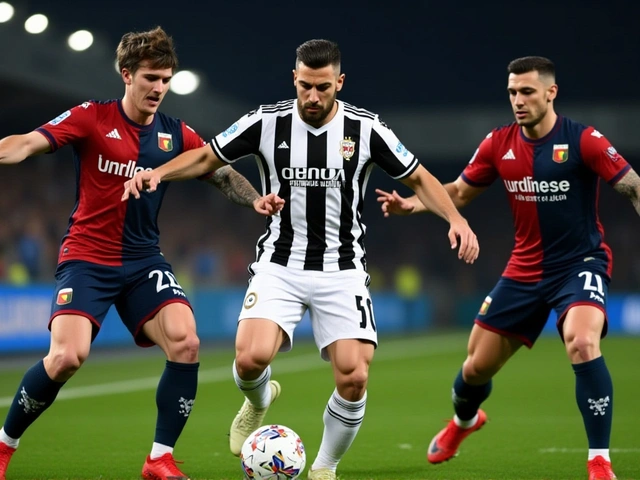Tennis Business: Where the Money Is and How to Profit
Tennis looks easy from the stands, but the business side is layered. Want to know where cash flows, who really earns it, and how you can build a small tennis business or scale one up? Read on for clear, practical steps you can use this week.
Where the revenue comes from
The biggest money in tennis sits at the top: Grand Slams and major ATP/WTA tournaments. They earn from TV and streaming rights, headline sponsors, ticket sales and luxury hospitality. Broadcasters pay for live matches because tennis attracts global viewers across different time zones.
Players make money two ways: prize money and endorsements. Top stars rely heavily on brand deals and image rights. For most pro players, prize money barely covers travel, coaching and medical costs—that’s why sponsorships and off-court income matter so much.
At the local level, clubs and academies bring steady revenue through memberships, hourly court rentals, group and private lessons. Camps, holiday programs and junior clinics are cash spikes during school breaks. Add a pro shop and coaching packages and you boost margins without huge extra space.
Event organisers depend on sponsors and media rights. Local tournaments often get by with community sponsors and ticket sales, while larger events sell hospitality packages to corporates. Digital income is growing: streaming smaller events, subscription lessons, and paid online coaching now add real value for clubs and individual coaches.
How to start or grow a tennis business
Pick one clear product first. Teaching, court rental, events, or retail—choose the area where you have skills and contacts. Create a simple budget listing fixed costs (court maintenance, rent, insurance) and variable costs (balls, temporary staff, utilities).
Price competitively by checking local rates. Private lessons often range widely depending on market; group lessons fill off-peak slots and improve court utilisation. Use morning and evening hours for adult lessons and daytime for juniors to keep courts busy all week.
Secure steady demand through partnerships. Schools, local councils and corporate wellness programs can supply regular clients. For events, lock in a headline sponsor before committing to big expenses. Sponsors reduce risk and boost credibility when negotiating with vendors and authorities.
Invest in simple digital tools: online booking, social media for match highlights, and an email list for camps and promos. Video clips of player development or local matches attract followers and potential sponsors. Low-cost streaming of tournaments can create inventory for advertisers and build audience reach beyond your town.
Watch the common risks: seasonal demand, high upfront court costs, competition for top coaches, and legal or insurance headaches. Start small—run weekend clinics or short camps to test demand. Measure enrolment and churn rates, then scale what works. Clear contracts with coaches, sponsors and landlords prevent most disputes.
If you want news and case studies about how tennis businesses grow, follow this tag for updates on sponsorship deals, tournament strategy, and stories from clubs and academies turning tennis into steady income.
Exclusive Insights: Tony Godsick and John McEnroe Discuss the Business of Tennis and the 2024 Laver Cup
By Sfiso Masuku On 21 Sep, 2024 Comments (9)

In a CNBC interview, Tony Godsick and John McEnroe discuss the 2024 Laver Cup and the broader business landscape of tennis. They highlight the event's unique format, innovation's role, and strategic partnerships in expanding the sport's global and financial reach.
View More




